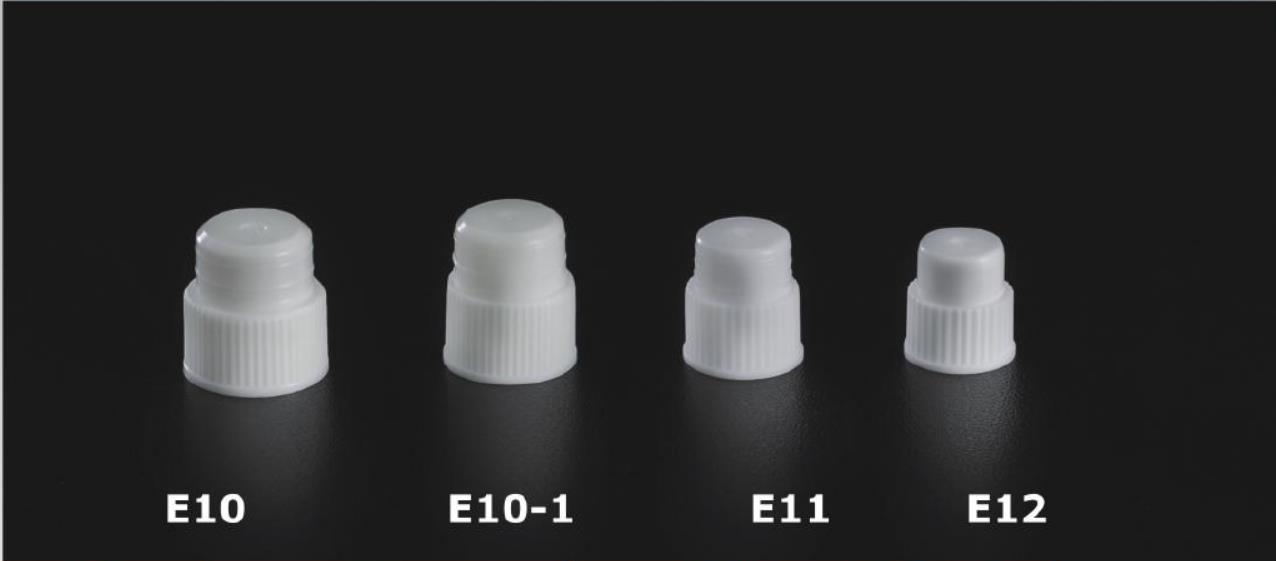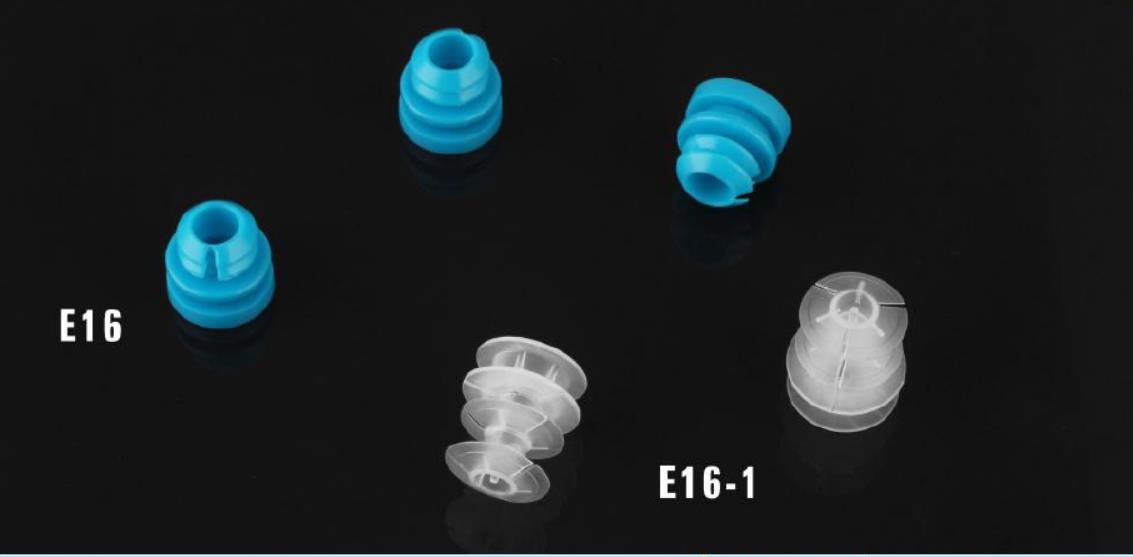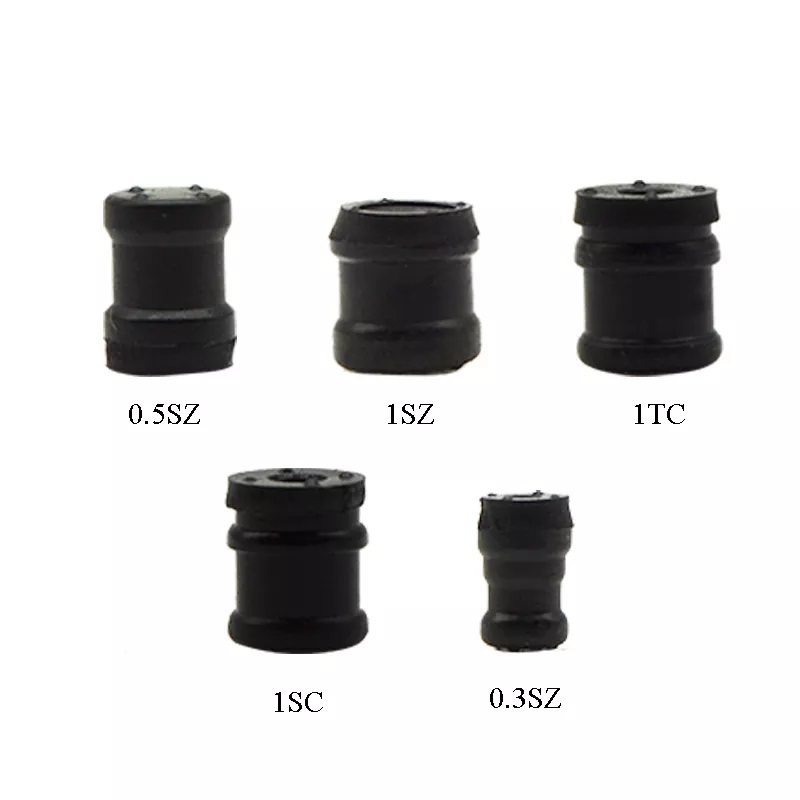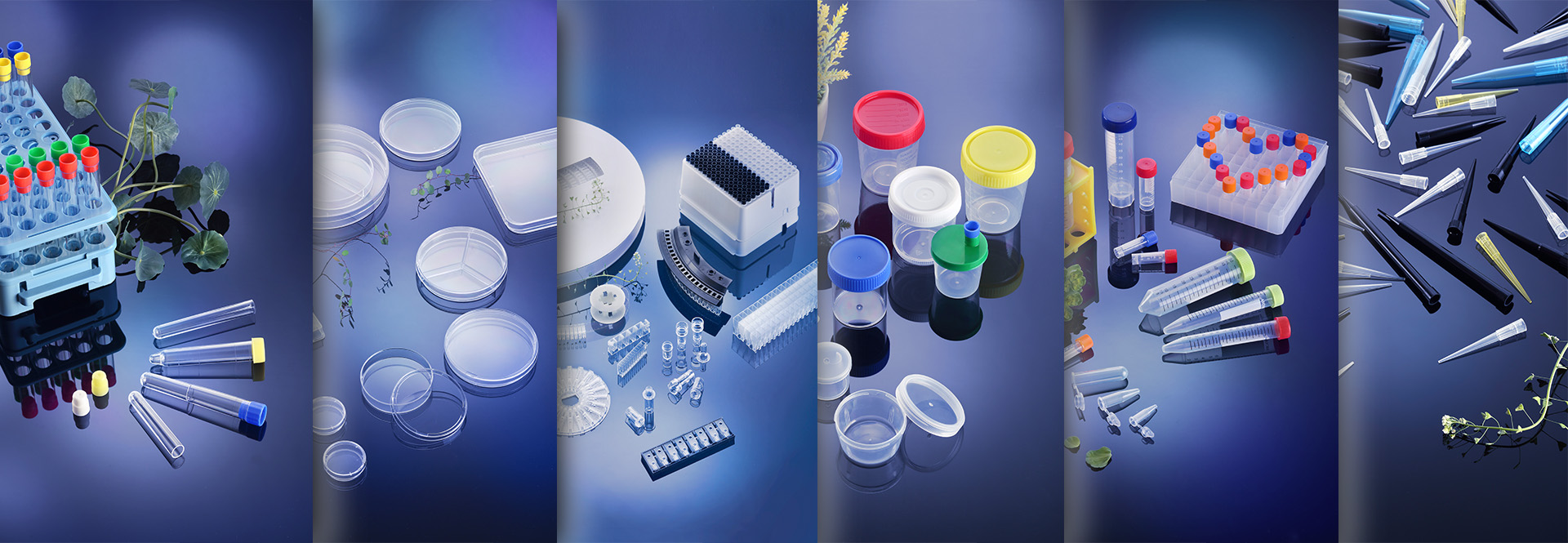Test tube caps or stoppers are indispensable accessories in scientific research labs, ensuring the efficient and safe containment of samples. This article explores the importance of these sealing solutions, shedding light on their role in sample preservation, preventing contamination, and maintaining lab safety. Whether you're a seasoned scientist or new to the world of laboratory equipment, join us as we delve into the different types of test tube caps, their usage guidelines, and why they are crucial for scientific research.


Item No | Description | Packing Info. | Qty./Case(pc) | Case Size(cm) |
E10 | 16mm Test Tube Caps | |||
E10-1 | 15mm Test Tube Cap | 1500pcs/bag*10 | 15000 | 48.5×48.5×34 |
E11 | 13mm Test Tube Caps | |||
E12 | 12mm Test Tube Caps |

Item NO. | Description | Packing Info. | Qty./case(pc) | Case Size(cm) |
E16 | 13mm Tube Cover,match with Beckman POWER Processor Automated Assembly Line | 1500pcs/bag*10 | 15000 | 56×35×31 |

Uses:used for the sealing of all kinds of disposable blood Collection Tubes
Packing: Inner Packing Is Sterilizabled bags, Outer Packing Is Carton
In the realm of scientific research, precision and accuracy are of utmost importance. Test tube caps or stoppers are essential components in laboratory equipment, serving a critical role in sample preservation, contamination prevention, and lab safety. This article aims to unravel the significance of test tube caps and stoppers, providing insights into their importance, various types, and usage guidelines.
Importance of Test Tube Caps or Stoppers:
Sample Preservation:
One of the primary purposes of test tube caps or stoppers is to maintain the integrity of samples. Whether it's a chemical reaction, growth medium, or biological specimen, the cap or stopper provides an airtight seal, preventing the escape of volatile substances and protecting against contamination. Properly sealed test tubes ensure that samples remain undisturbed, allowing researchers to obtain accurate and reliable results.
Contamination Prevention:
Test tube caps or stoppers serve as barriers, safeguarding samples from any potential contaminants present in the lab environment. Dust particles, microorganisms, or unwanted chemicals can adversely affect experimental outcomes, compromising the reliability and validity of research findings. By securely sealing test tubes, these caps or stoppers form a protective barrier, minimizing the risk of external interference and ensuring the purity of samples.
Lab Safety:
In addition to sample preservation and contamination prevention, test tube caps or stoppers contribute to lab safety. Certain experiments involve volatile substances or reactive materials that may release gases or create pressure within the test tube. The cap or stopper, designed to withstand such pressure build-ups, prevents any potential explosions or accidents. By providing a secure closure, these sealing solutions play a critical role in maintaining a safe working environment for researchers.
Types of Test Tube Caps or Stoppers:
Test tube caps or stoppers are available in various materials and designs to suit different laboratory needs. Common types include:
Rubber Stopper: Made from durable rubber or silicone, rubber stoppers offer a tight and reliable seal. They are ideal for general-purpose use and can withstand tolerable heat and chemical exposure.
Screw Cap: These caps feature threading on the test tube, ensuring a secure closure. Screw caps are easy to open and close, making them suitable for experiments that may require intermittent access to the sample.
Press-on Cap: Also known as snap caps or friction-fit caps, these caps simply press onto the test tube opening. They are quick and easy to apply, providing a tight seal while allowing quick access to the sample.
Usage Guidelines for Test Tube Caps or Stoppers:
To maximize the effectiveness of test tube caps or stoppers, it is essential to adhere to certain usage guidelines:
Select the Appropriate Material: Consider the nature of your experiment and the chemicals involved when choosing the type of cap or stopper. Different materials offer varying resistance to heat, chemicals, and pressure.
Proper Placement: Ensure that the cap or stopper is securely positioned on the test tube by pressing or screwing it down firmly. This prevents accidental dislodging, leakage, or contamination.
Sterilization and Cleaning: Before using test tube caps or stoppers, clean and sterilize them according to the lab's protocols. This helps eliminate any potential contaminants that may compromise the integrity of the samples.
Regular Inspection: Periodically inspect test tube caps or stoppers for signs of wear, damage, or degradation. Replace any worn-out or damaged caps to maintain an effective seal and prevent contamination risks.
In conclusion, test tube caps or stoppers play a crucial role in scientific research laboratories, ensuring sample preservation, contamination prevention, and lab safety. By selecting the appropriate cap or stopper type and following proper usage guidelines, researchers can maintain the integrity of their samples and obtain reliable results. Whether it's a rubber stopper, screw cap, or press-on cap, these sealing solutions contribute to the success and accuracy of experiments, facilitating advancements in various fields of scientific inquiry.

Contact: Neo
Phone: 008615867460640
E-mail: Info@Hwtai.com
Whatsapp:008615867460640
Add: Building 2, Xinmao Qilu Science Technology Industrial Park, Tianqiao District, Jinan City, Shandong Province,China.
We chat
